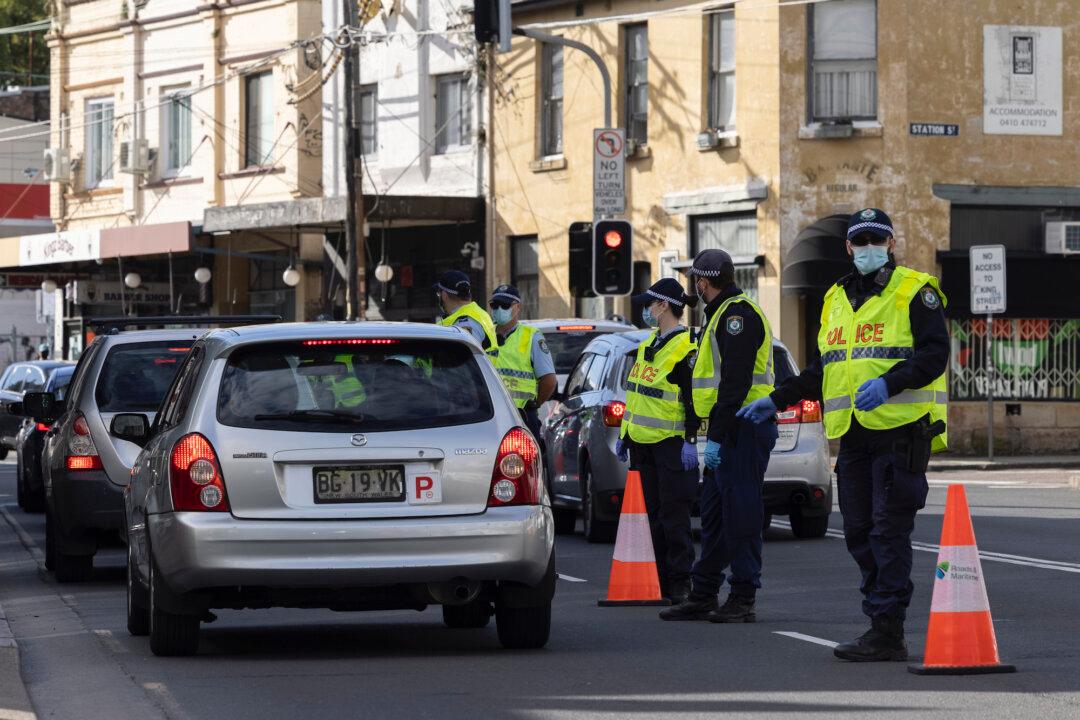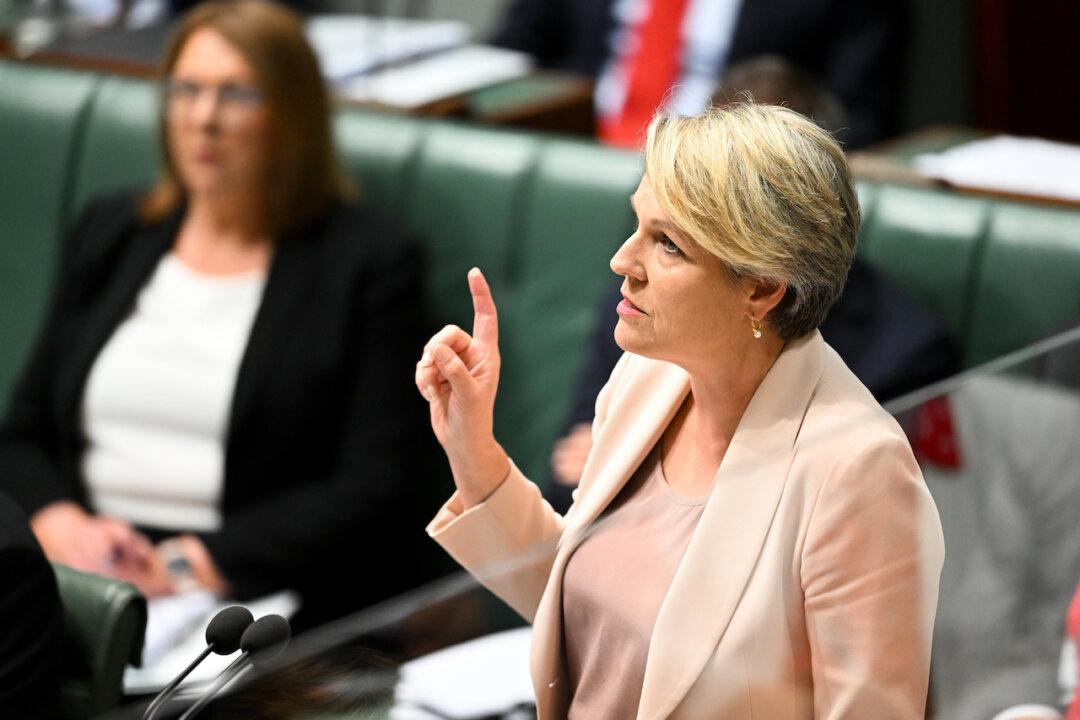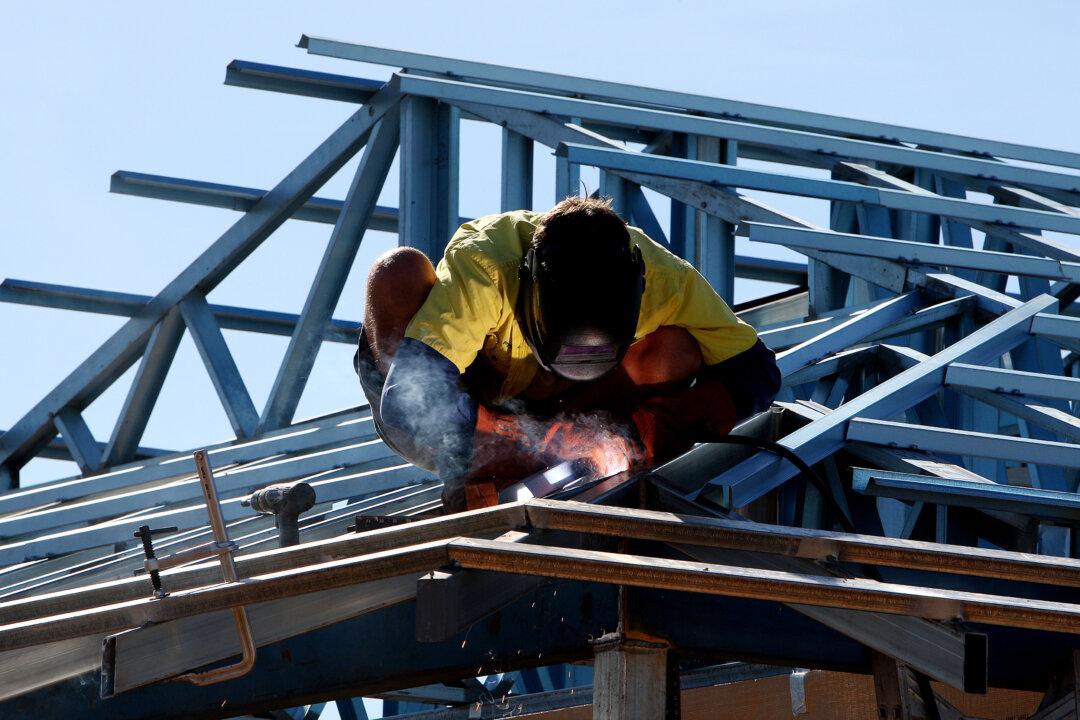A new report by the Australian Catholic University has argued COVID-19 lockdowns in Sydney were unequal and “targeted” blue-collar and migrant areas unfairly.
The report (pdf), published on Oct. 11, found that during the Delta Wave (June 21—Oct. 24, 2021) of the coronavirus in Australia, the New South Wales (NSW) government allegedly utilised data modelling that asserted the biggest driver of COVID-19 infection rates in a community was the proportion of residents in blue-collar occupations.




